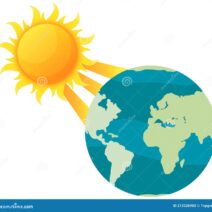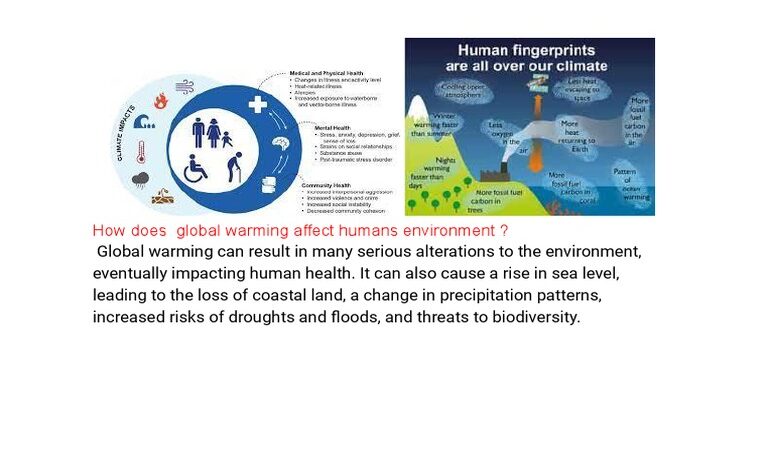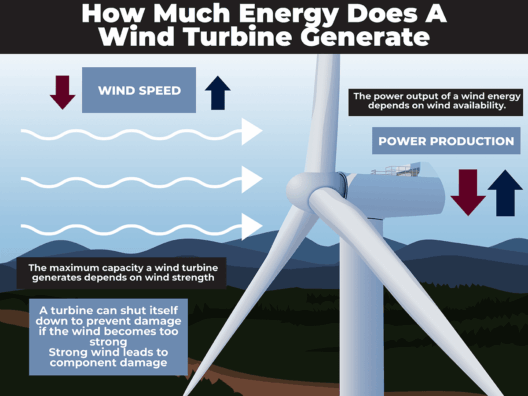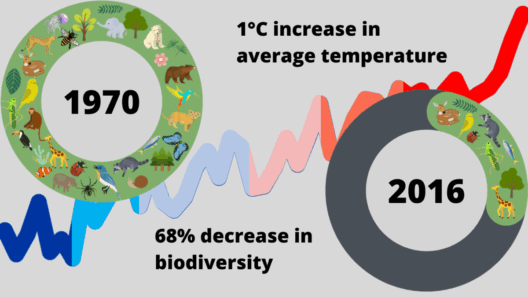As the world remains embroiled in talks about climate change, a question lingers: How does climate change affect humans directly? While the pendulum of public discourse swings between economic growth and environmental stewardship, the ramifications of this pressing issue persist and amplify. From the air we breathe to the water we drink, climate change weaves its way into the very fabric of human existence, presenting a myriad of challenges that are both immediate and far-reaching.
Climate change manifests itself in numerous ways, each posing a unique set of challenges for humanity. Rising temperatures, irregular weather patterns, and extreme climatic events are just a few of the phenomena that affect human health, safety, and overall well-being.
So, how do these changes translate into direct impacts on our lives? Let us delve deeper into this pressing concern.
Elevated Temperatures: The Silent Health Crisis
One of the most palpable effects of climate change is the increase in average global temperatures. Long hot summers and milder winters may sound appealing to some, but the reality is far less romantic. The rise in temperature fosters the proliferation of heat-related illnesses, ranging from heat exhaustion to life-threatening heat strokes.
Vulnerable populations, including the elderly and young children, are particularly susceptible to these conditions. With heatwaves becoming more frequent and severe, public health systems could be overwhelmed, struggling to cope with a rising tide of patients suffering from preventable ailments.
Moreover, soaring temperatures can exacerbate existing health problems. For example, individuals with respiratory diseases may find their symptoms aggravated as air pollution worsens with heat. This leads to increased mortality rates among those already at risk. To compound the issue, climate change can alter the distribution of infectious diseases, introducing new pathogens into human populations as mosquitoes and other disease vectors thrive in warmer climates.
Shifting Weather Patterns: The Stormy Future
Gone are the days of predictable weather; climate change has disrupted long-standing patterns. Consistent rainfall may become a memory of the past, giving way to erratic precipitation that brings both drought and deluge. These extremes not only pose immediate threats to agriculture but also challenge the core of food security.
Consider farmers in regions that traditionally relied on steady rainfall. With changing weather patterns, crop yields suffer. Drought-stressed lands fail to produce adequate food, driving up prices and leaving many to struggle with malnutrition. Conversely, excessive rainfall can lead to flooding, damaging crops and displacing entire communities.
The direct consequences extend beyond hunger; they weave a complex socio-economic tapestry fraught with instability. Increased food scarcity can spark conflicts, homelessness, and a surge of climate refugees seeking safe haven elsewhere. As citizens grapple with these challenges, addressing the root causes of climate change thus becomes imperative, not merely an environmental concern.
Extreme Weather Events: Nature’s Wrath
The frequency and intensity of extreme weather events have surged, and climate change plays a pivotal role in this unsettling trend. Hurricanes, tornadoes, and wildfires have wreaked havoc around the globe, often leaving significant human and economic casualties in their wake.
Total destruction of property is often evident, leaving families without homes and communities in ruin. However, the ramifications extend far beyond tangible losses. The emotional trauma experienced by those displaced or affected by such calamities cannot be overstated. Mental health issues, such as anxiety and post-traumatic stress disorder, emerge with alarming frequency in the aftermath of natural disasters.
The financial toll is another grim reality. Estimated recovery costs soar into the billions, often straining national economies and diverting resources from crucial social programs. Those least financially equipped to handle such disasters—low-income families and marginalized groups—bear the brunt of these challenges, further entrenching cycles of poverty and inequality.
Increased Air Pollution: The Invisible Enemy
Air quality serves as a barometer for public health, and worsening conditions signal more than just discomfort. As climate change exacerbates air pollution, particularly through the greater incidence of wildfires and urban heat islands, humans are at the mercy of an invisible enemy. The correlation between poor air quality and respiratory illnesses, cardiovascular diseases, and even cognitive impairments is well established, with studies linking pollution to lower life expectancy.
Additionally, vulnerable populations—including children and the elderly—are disproportionally affected. Long-term exposure to pollutants can lead to chronic health issues, compounding the trials faced by individuals struggling to adapt to a changing climate. Thus, tackling air quality issues becomes a nexus point to improve public health while combating climate change.
Conclusion: A Call to Action
As we confront the undeniable impacts of climate change, the urgency for collective action intensifies. The challenges presented are manifold and require not just awareness but proactive engagement from individuals, communities, and governments alike. Collaboration across sectors, embracing sustainable practices, and prioritizing equity will be crucial in addressing climate-induced hardships.
The question that remains is not just how climate change affects us but what will we do about it? Embracing this challenge offers the potential for transformative change, ensuring a healthy planet and thriving communities for generations to come. The time for thoughtful action is now.







